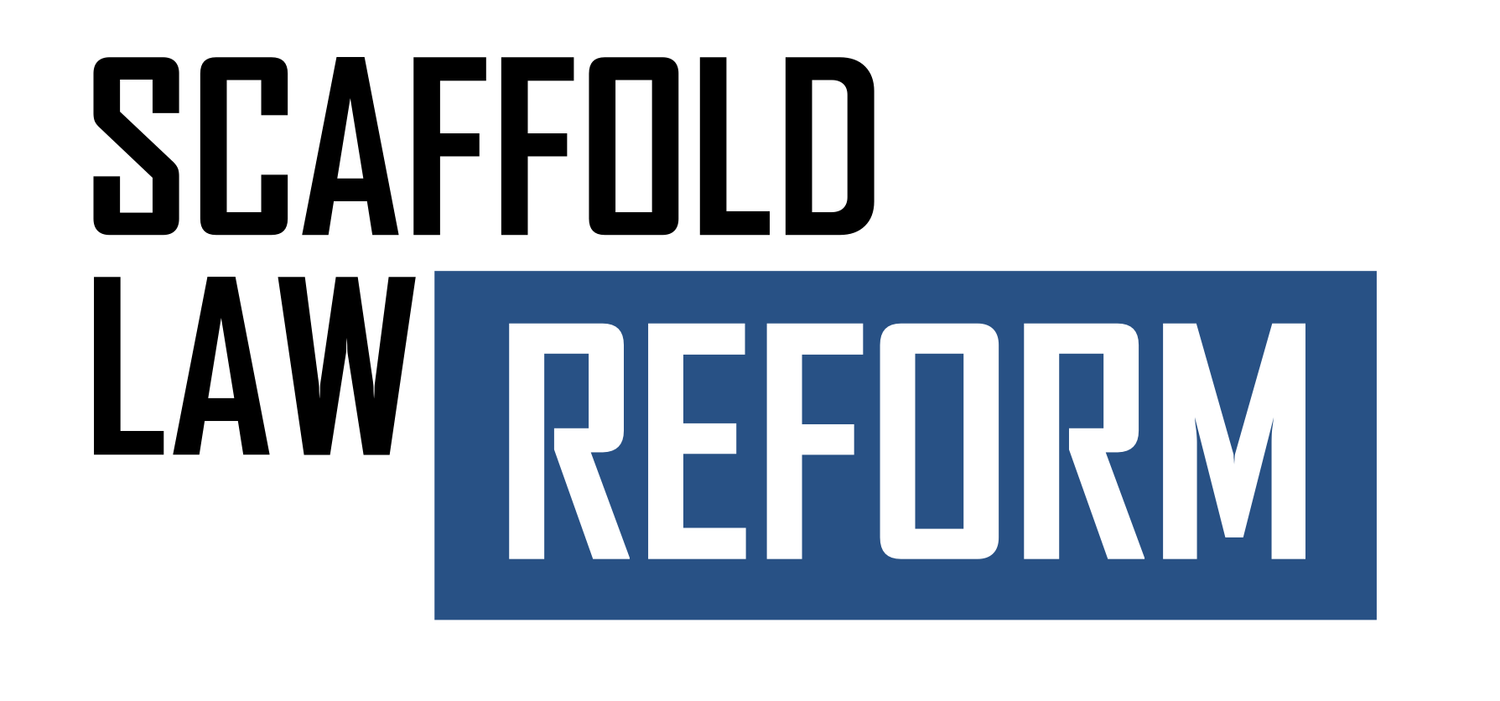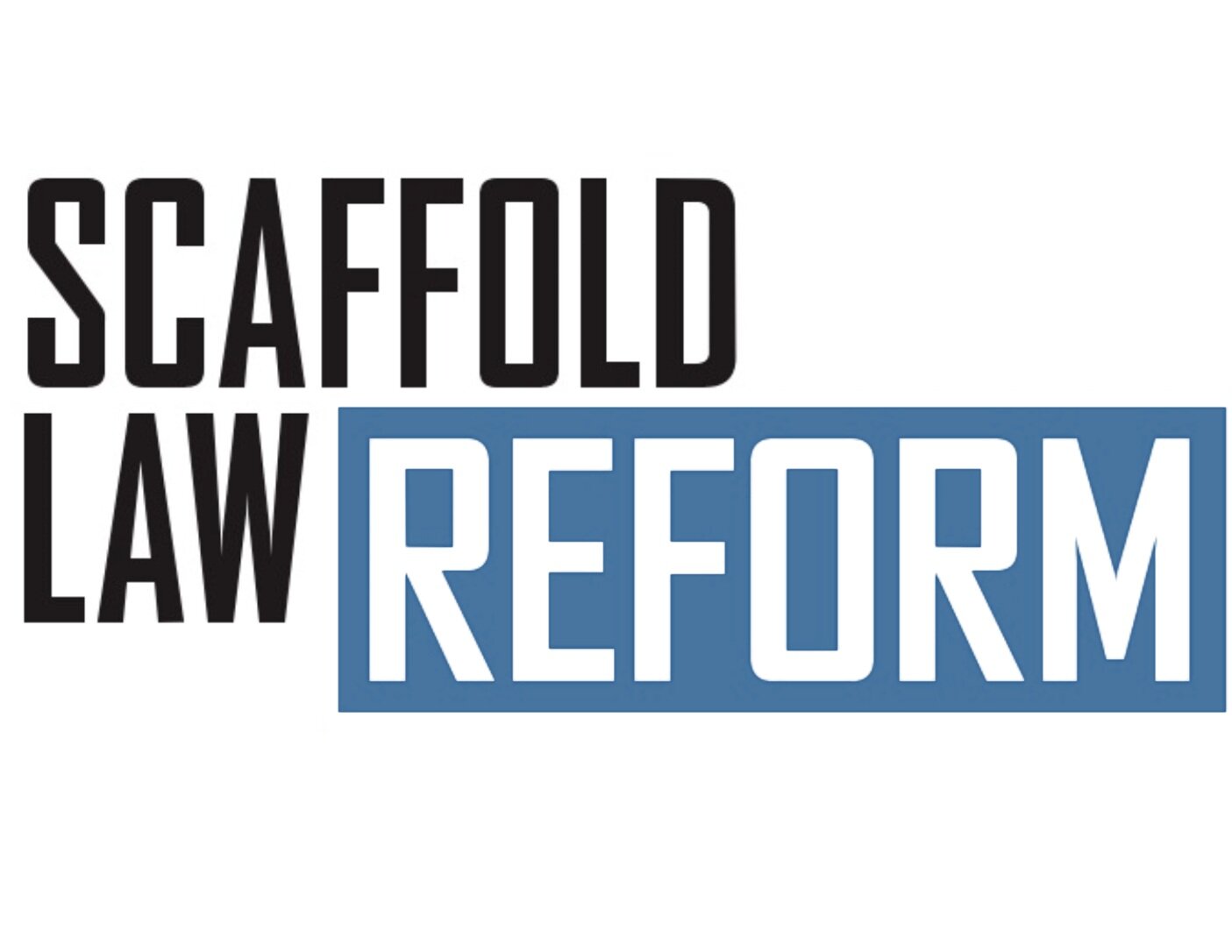NYHC: Alarming Risk of Rising Insurance Costs for Affordable Housing
By: New York Housing Conference Staff
Rapid increases in insurance costs are adding pressure to increase rents and putting the financial viability of affordable multifamily rental housing at risk. To better understand the extent of skyrocketing insurance costs for affordable housing in recent years, the New York Housing Conference examines cost escalation, market discrimination, and decreasing coverage and outlines recommendations for action in this policy brief. Read the full brief here.
KEY TAKEAWAYS
Insurance premiums are increasing an average of 26% annually, while coverage is decreasing or
difficult to find. Steep and rapid cost escalation is putting existing affordable housing under serious
financial strain and making it more difficult to finance new affordable housing.
The average cost to insure an affordable apartment is $1,770. This is a 103% increase from 4 years ago when the average annual per unit premium was $869.
Insurance costs represent 22% of monthly rent for an extremely low-income household’s Low Income Housing Tax Credit 1-bed affordable apartment. Rising insurance costs are a growing threat to affordability.
Costs are skyrocketing due to a number of factors, including climate change, fewer insurance companies offering multifamily coverage, changes in the reinsurance market, inflation and discrimination.
NYHC found that insurance carriers discriminate against affordable housing based on income source and income level and that many insurance providers will not consider insuring developments in New York City.
Affordable housing providers shared examples of applications that ask how much of the building is affordable housing, how many households help pay their rent with Section 8 rental assistance, or how many tenants are low-income or formerly homeless.
Providers also shared examples of insurers declining to offer coverage because the portfolio includes affordable housing or because the buildings are in New York City and, in some cases, because buildings are located in the Bronx. This is simply a new version of redlining, which undermined affordable housing development and low- and moderate-income communities prior to the passage of the Community Reinvestment Act (“CRA”).
Based on these findings, NYHC provides recommendations for intervention to reduce alarming cost escalation, including:
Ban discrimination of coverage or costs for property and liability insurance based upon the income source and income level of residents.
Require reporting to better understand how insurance companies are serving or failing to serve the commercial multifamily market in New York City.
Reduce costs by supporting affordable captive insurers, create an excess liability fund for affordable housing providers, invest in resilient infrastructure, and reform the scaffold law to remove absolute liability.
Explore new frameworks including CRA-type requirements and public options.

